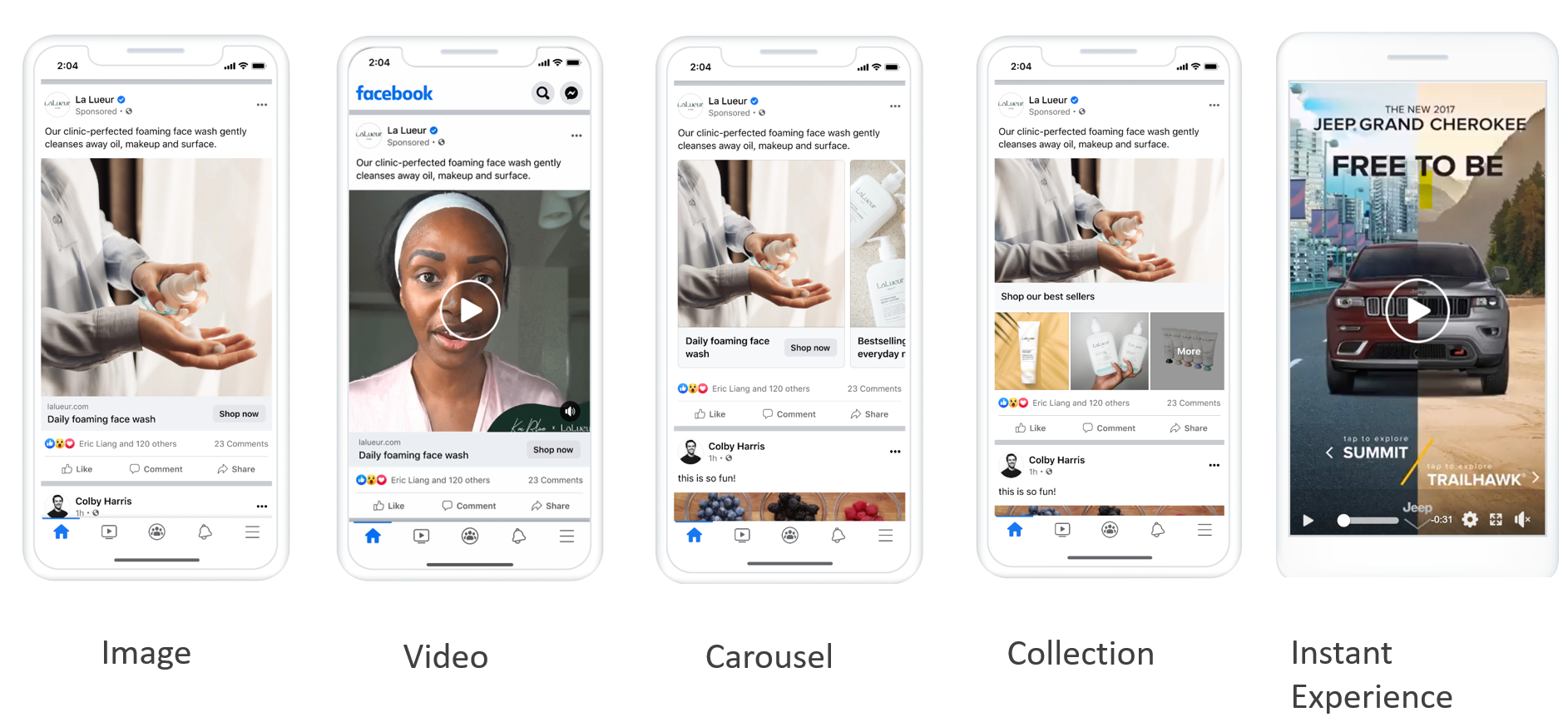Social media advertising has revolutionized the way businesses connect with their audience. Instagram and Facebook, two of the largest platforms, provide unparalleled opportunities to grow your business. With over 3 billion monthly active users combined, these platforms offer powerful tools to target, engage, and convert your ideal customers. In this article, we’ll explore practical strategies, provide actionable tips, and highlight exclusive insights to help you maximize your advertising potential.
Why Choose Instagram and Facebook Ads?
- Massive Reach: Facebook has 2.9 billion users, while Instagram boasts over 1 billion active users.
- Advanced Targeting Options: You can target users based on demographics, interests, behaviors, and even lookalike audiences.
- Versatile Ad Formats: From carousel ads to video ads, there are options for every business goal.
- Seamless Integration: Run ads on both platforms using the same Ads Manager.
Step 1: Define Your Goals
Before launching your campaign, it’s crucial to establish clear objectives. Common goals include:
- Brand Awareness: Increase visibility among your target audience.
- Lead Generation: Collect contact information from potential customers.
- Sales: Drive conversions on your website or in-app purchases.
- Engagement: Boost likes, comments, and shares to enhance community building.
Actionable Tip: Use the SMART framework (Specific, Measurable, Achievable, Relevant, Time-bound) to define your goals.
Step 2: Know Your Audience
Understanding your audience is the cornerstone of successful advertising. Instagram and Facebook offer tools like Audience Insights to analyze user behavior and preferences.

Example:
If you run a fitness apparel brand, your target audience might include:
- Age: 18-35
- Interests: Fitness, yoga, gym workouts
- Location: Urban areas with high gym density
Exclusive Insight: Use Facebook’s Lookalike Audiences to reach users similar to your existing customers. This feature leverages AI to find high-potential leads.
Step 3: Craft Compelling Ad Creatives
Your ad’s visuals and copy must grab attention and drive action. Here’s how to create effective ad content:

1. Eye-Catching Visuals
- Use high-quality images or videos.
- Incorporate bold colors and clean designs.
- Ensure branding elements (logos, fonts) are consistent.
2. Persuasive Copy
- Highlight benefits, not just features.
- Include a strong call-to-action (CTA) like “Shop Now” or “Learn More.”
- Keep the text concise and engaging.
Example:
For a skincare product:
- Visual: A before-and-after image showcasing results.
- Copy: “Say goodbye to dry skin! Try our hydrating serum for glowing results. Order now and get 20% off.”
Actionable Tip: Use A/B testing to determine which creatives perform best.
Step 4: Choose the Right Ad Format
Instagram and Facebook offer various ad formats tailored to different objectives:

- Image Ads: Great for simple, direct messages.
- Video Ads: Ideal for storytelling and showcasing products in action.
- Carousel Ads: Perfect for displaying multiple products or steps in a process.
- Stories Ads: Best for immersive, full-screen experiences.
Example:
A travel agency could use:
- Carousel Ads: Highlight different travel packages.
- Stories Ads: Show a day-in-the-life experience of a destination.
Step 5: Set Your Budget and Bidding Strategy

Ad budgets can be as flexible as you need. Facebook Ads Manager allows you to set daily or lifetime budgets.
Tips for Budgeting:
- Start small and scale up as you identify successful strategies.
- Use Cost-Per-Click (CPC) bidding for traffic campaigns and Cost-Per-Action (CPA) for conversions.
Exclusive Insight: Allocate at least 70% of your budget to proven campaigns and 30% to testing new ideas.
Step 6: Monitor and Optimize Performance
Tracking your ad performance ensures your campaigns remain effective. Key metrics to monitor include:
- Click-Through Rate (CTR): Measures ad engagement.
- Conversion Rate: Tracks how many users take the desired action.
- Cost Per Result: Indicates the efficiency of your spend.
Example:
A clothing brand notices that ads targeting women aged 25-34 have a higher CTR. They adjust their targeting to focus more on this demographic.
Actionable Tip: Use Facebook’s split testing feature to compare audience segments, ad formats, and creatives.
Step 7: Leverage Retargeting

Example:
An e-commerce store can retarget users who added items to their cart but didn’t check out with a dynamic ad offering a discount.
Conclusion
Growing your business with Instagram and Facebook ads requires a strategic approach, creativity, and consistent optimization. By defining clear goals, understanding your audience, crafting compelling creatives, and leveraging advanced tools like retargeting, you can unlock the full potential of these platforms. Start small, test extensively, and watch your business thrive in the digital space.
